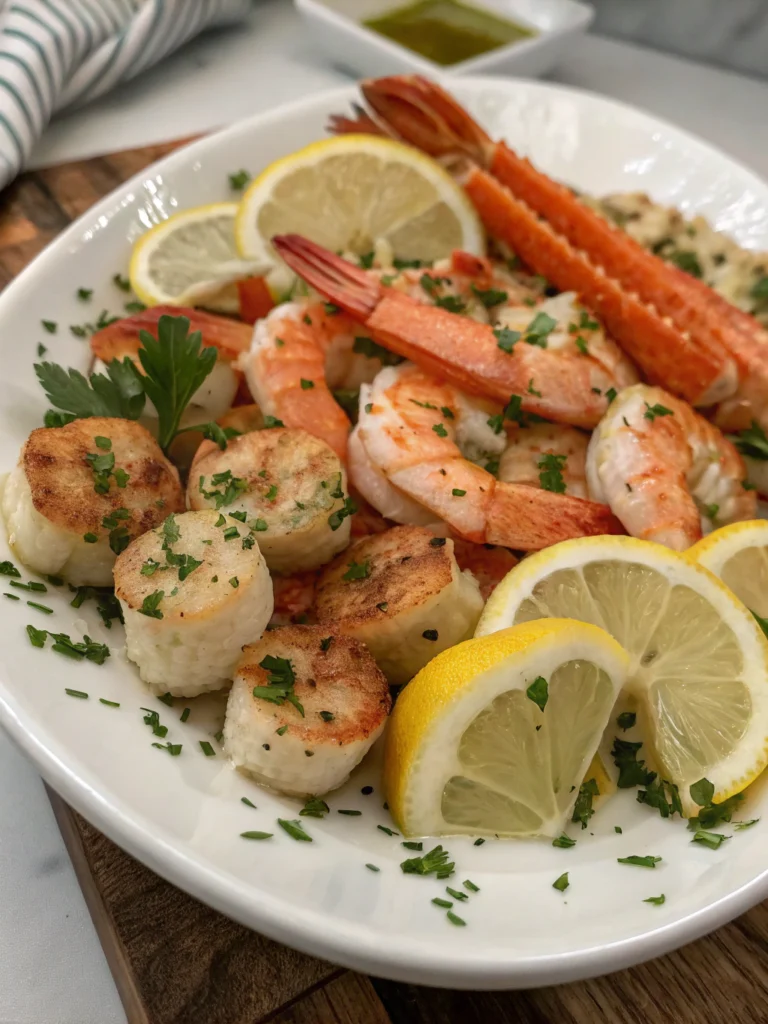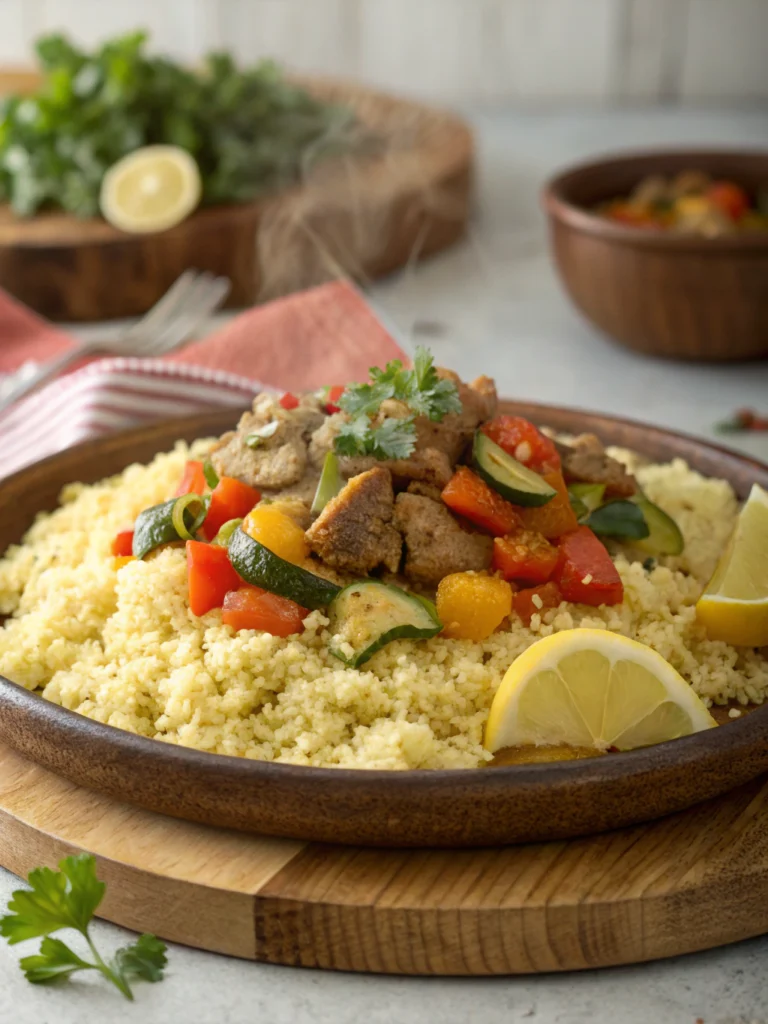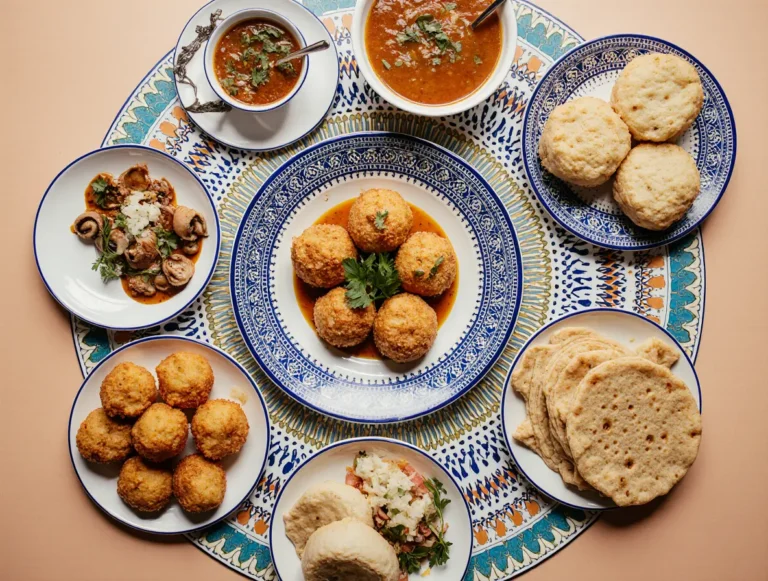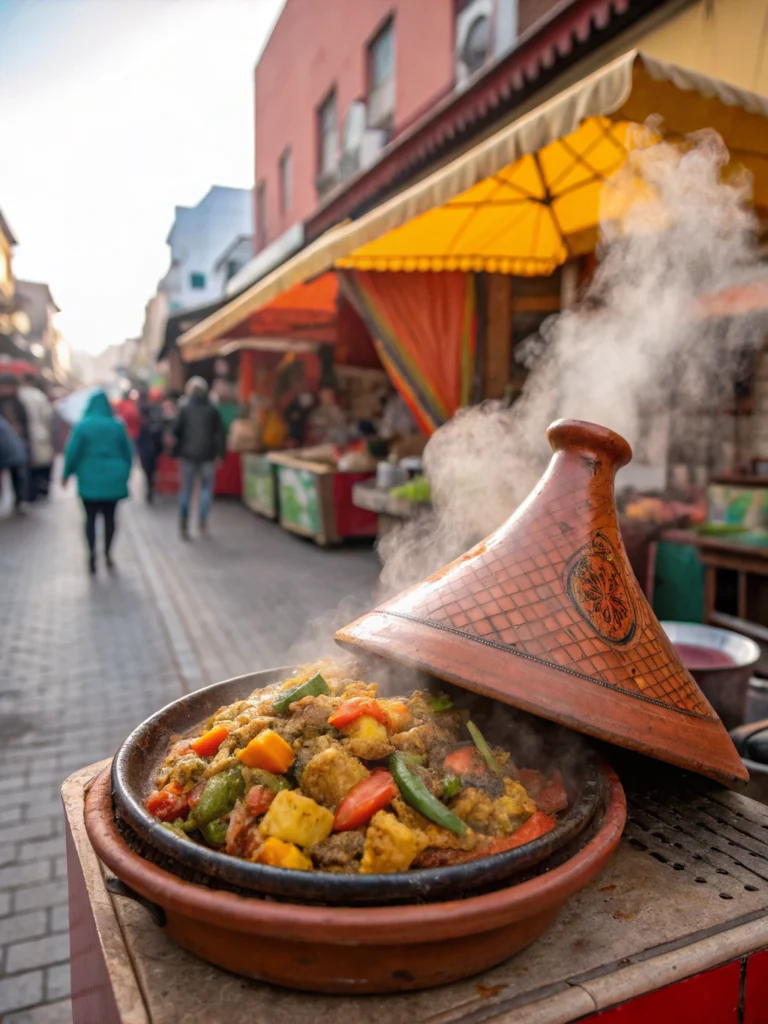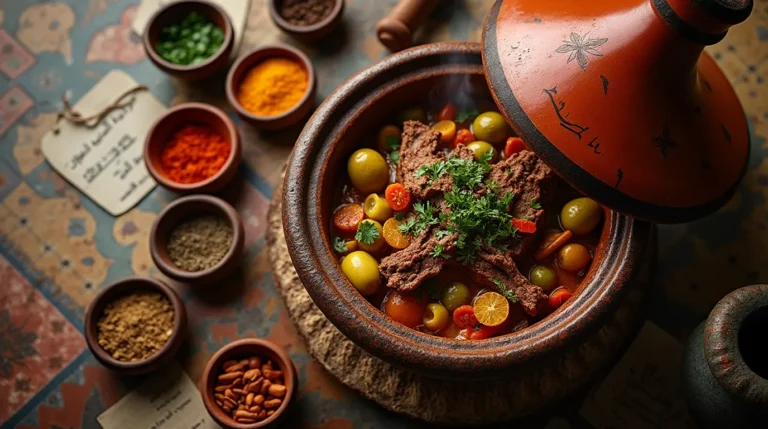Couscous for Beginners: Easy Moroccan Recipes
Have you ever wondered why couscous, a simple dish made from tiny steamed balls of semolina, has captured the hearts and palates of people worldwide? This versatile grain, originating from North Africa, offers a delightful blend of flavors and textures that can transport you to the vibrant streets of Morocco with every bite.
If you’re a beginner looking to explore the world of couscous, fear not! This article will guide you through easy Moroccan recipes that are perfect for quick meals, allowing you to savor the authentic flavors of this beloved dish with minimal effort.
Ingredients List
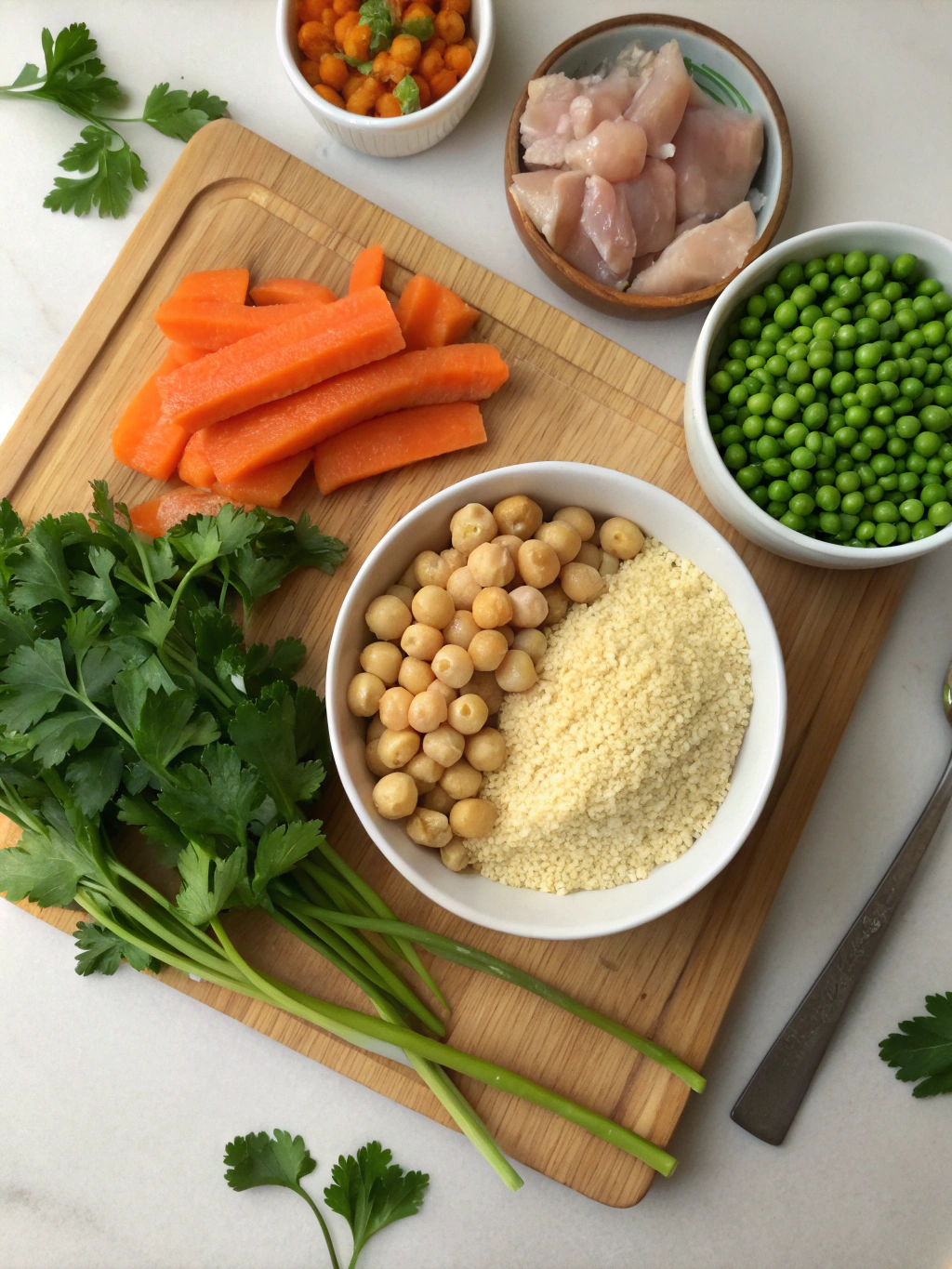
- 1 cup couscous
- 1 1/4 cups vegetable or chicken broth (or water with a bouillon cube)
- 1/4 cup olive oil
- 1 onion, diced
- 2 cloves garlic, minced
- 1 teaspoon cumin
- 1 teaspoon paprika
- 1/2 teaspoon cinnamon
- 1/4 teaspoon cayenne pepper (optional, for a little heat)
- Salt and pepper to taste
- Fresh parsley or cilantro for garnish (optional)
Feel free to substitute ingredients based on your preferences or dietary needs. For example, you can use vegetable broth for a vegetarian option or add diced vegetables like carrots, zucchini, or bell peppers for extra nutrition.
Timing
Preparation time: 10 minutes
Cooking time: 15 minutes
Total time: 25 minutes, which is significantly quicker than many traditional Moroccan dishes.
Step-by-Step Instructions
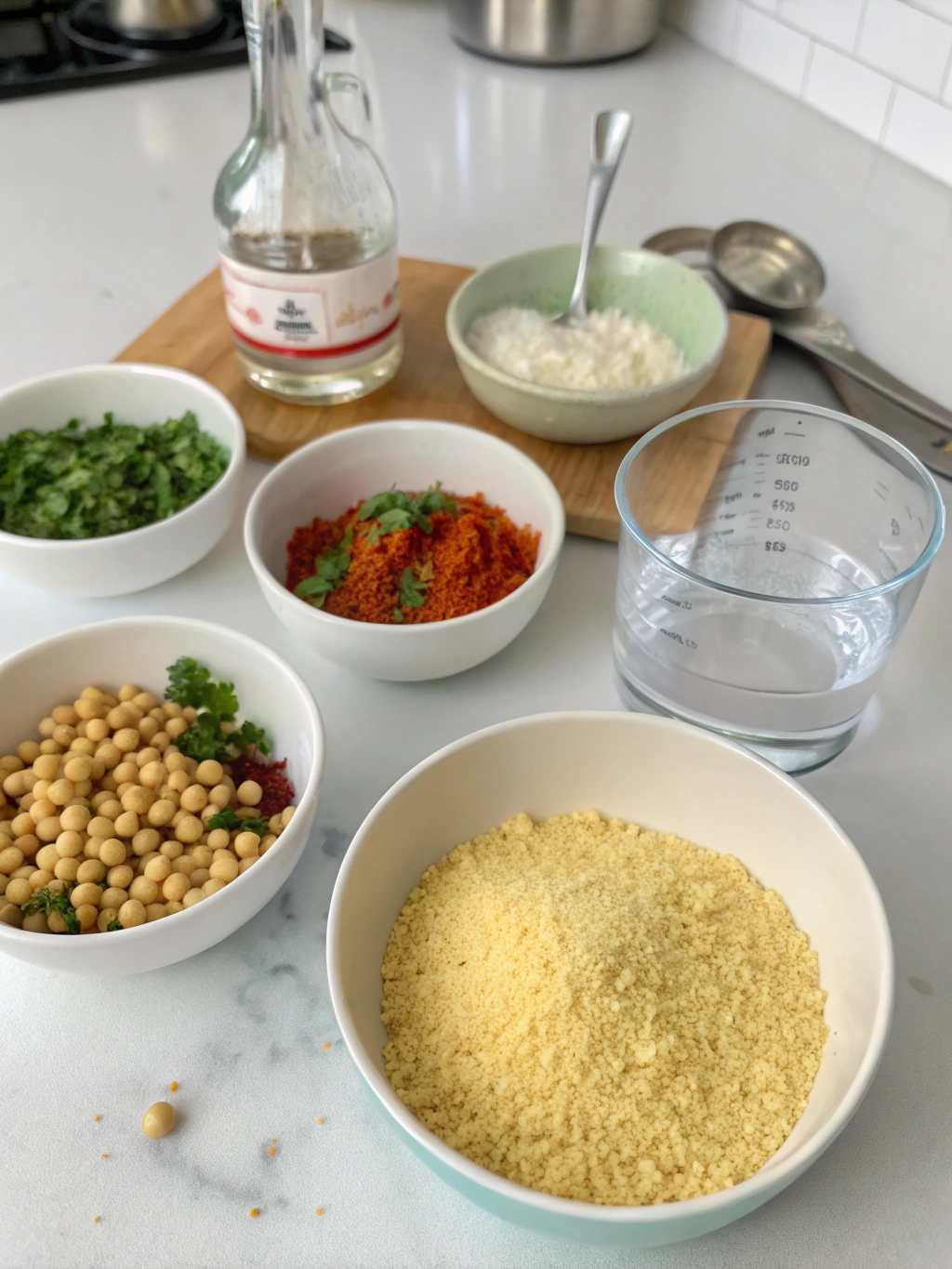
Step 1: Prepare the Couscous
Bring the broth or water to a boil in a saucepan. Remove from heat, stir in the couscous, cover, and let stand for 5 minutes. Fluff with a fork to separate the grains.
Step 2: Sauté the Aromatics
In a skillet, heat the olive oil over medium heat. Add the diced onion and sauté until translucent, about 3-4 minutes. Add the minced garlic and cook for another minute, stirring frequently to prevent burning.
Step 3: Add the Spices
Sprinkle in the cumin, paprika, cinnamon, and cayenne pepper (if using). Stir to combine and let the spices bloom for 30 seconds to release their aromas.
Step 4: Combine and Fluff
Add the cooked couscous to the skillet and toss gently to incorporate the spices and aromatics. Fluff with a fork to ensure even distribution of flavors.
Step 5: Season and Garnish
- Taste and adjust seasoning with salt and pepper as desired.
- Garnish with freshly chopped parsley or cilantro for a pop of color and freshness.
Nutritional Information
Serving size: 1 cup
Calories: 320
Total Fat: 14g (18% DV)
Saturated Fat: 2g (10% DV)
Cholesterol: 0mg (0% DV)
Sodium: 480mg (21% DV)
Total Carbohydrates: 42g (15% DV)
Dietary Fiber: 3g (11% DV)
Total Sugars: 2g
Protein: 7g
*Percent Daily Values (DV) are based on a 2,000 calorie diet.
Healthier Alternatives for the Recipe
To make this couscous dish even more nutritious, consider the following modifications:
- Use whole wheat or pearl couscous for added fiber and nutrients.
- Substitute olive oil with a lower-calorie cooking spray or broth for sautéing.
- Increase the amount of vegetables by adding diced tomatoes, spinach, or chickpeas.
- Sprinkle with toasted nuts or seeds for a crunchy texture and a boost of healthy fats.
Serving Suggestions
Couscous is incredibly versatile and can be served in a variety of ways:
- As a side dish alongside grilled meats, fish, or vegetable skewers.
- As a base for a hearty vegetable stew or tagine.
- Stuffed into bell peppers or tomatoes for a flavorful vegetarian main course.
- Chilled and tossed with fresh vegetables, feta cheese, and a lemon vinaigrette for a refreshing salad.
Common Mistakes to Avoid
- Not using enough liquid: Couscous needs the right amount of liquid to cook properly. Follow the package instructions or use the recommended ratio of 1 cup couscous to 1 1/4 cups liquid.
- Overcooking: Couscous can become mushy and lose its texture if cooked for too long. Follow the recommended cooking time and fluff it immediately after steaming.
- Skipping the seasoning: Couscous has a neutral flavor and benefits from the addition of spices, herbs, and aromatics to enhance its taste.
- Not letting it rest: After steaming, let the couscous rest for a few minutes before fluffing to ensure even cooking and absorption of flavors.
Storing Tips for the Recipe
Couscous is best enjoyed fresh, but leftovers can be stored in an airtight container in the refrigerator for up to 4 days. To reheat, add a splash of broth or water and gently warm it in the microwave or on the stovetop, fluffing occasionally.
For meal prep, you can cook the couscous ahead of time and store it separately from the sautéed aromatics and spices. When ready to serve, simply combine and reheat, adding a touch of liquid if needed.
Conclusion
Couscous is a versatile and delicious dish that can transport you to the vibrant culinary world of Morocco with every bite. Whether you’re a seasoned home chef or a beginner in the kitchen, these easy Moroccan recipes will help you master the art of couscous preparation in no time.
So, what are you waiting for? Gather your ingredients, follow the step-by-step instructions, and embark on a flavorful journey with this beloved grain. Don’t forget to share your creations with us and let us know how you’ve put your own unique spin on these couscous dishes!


